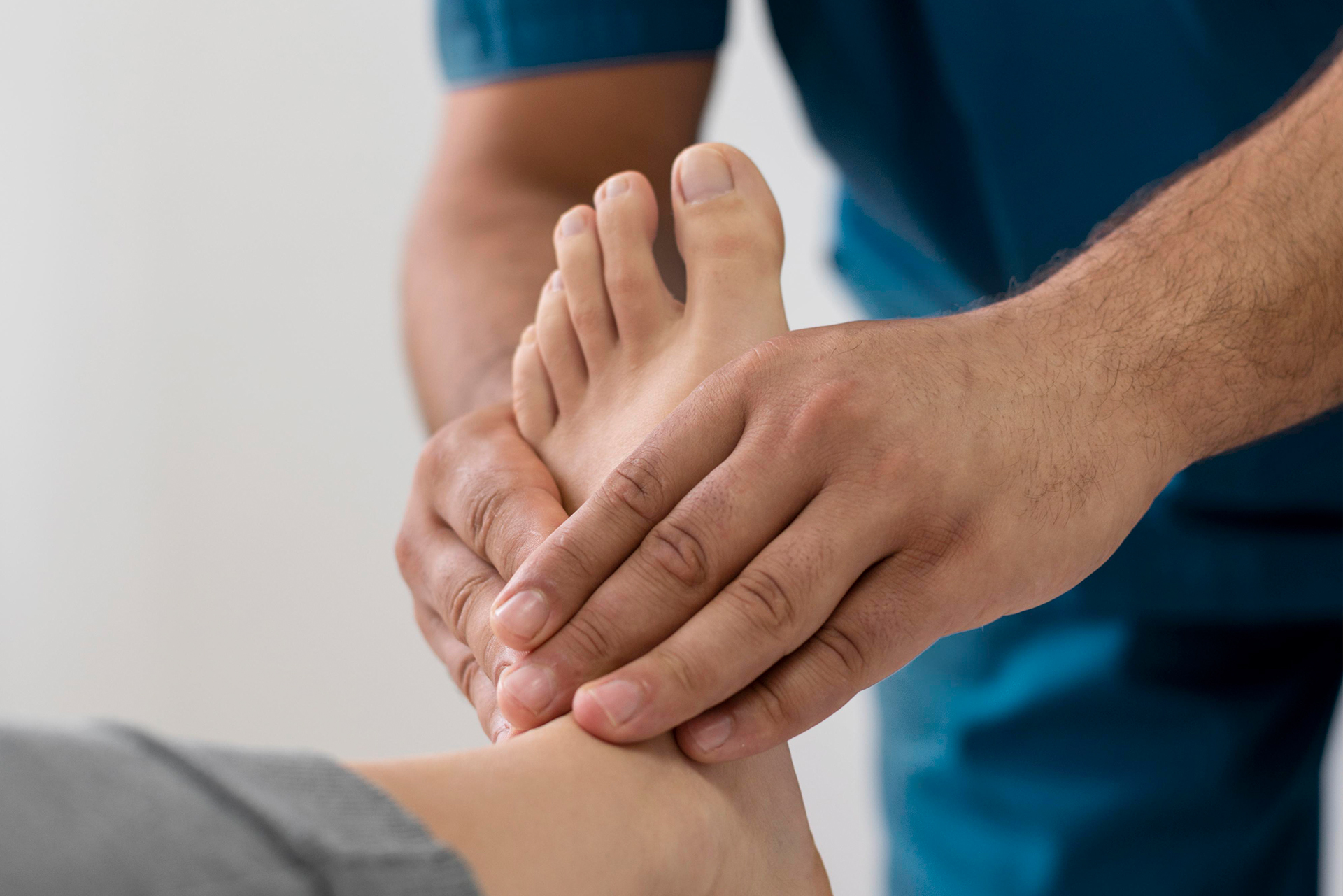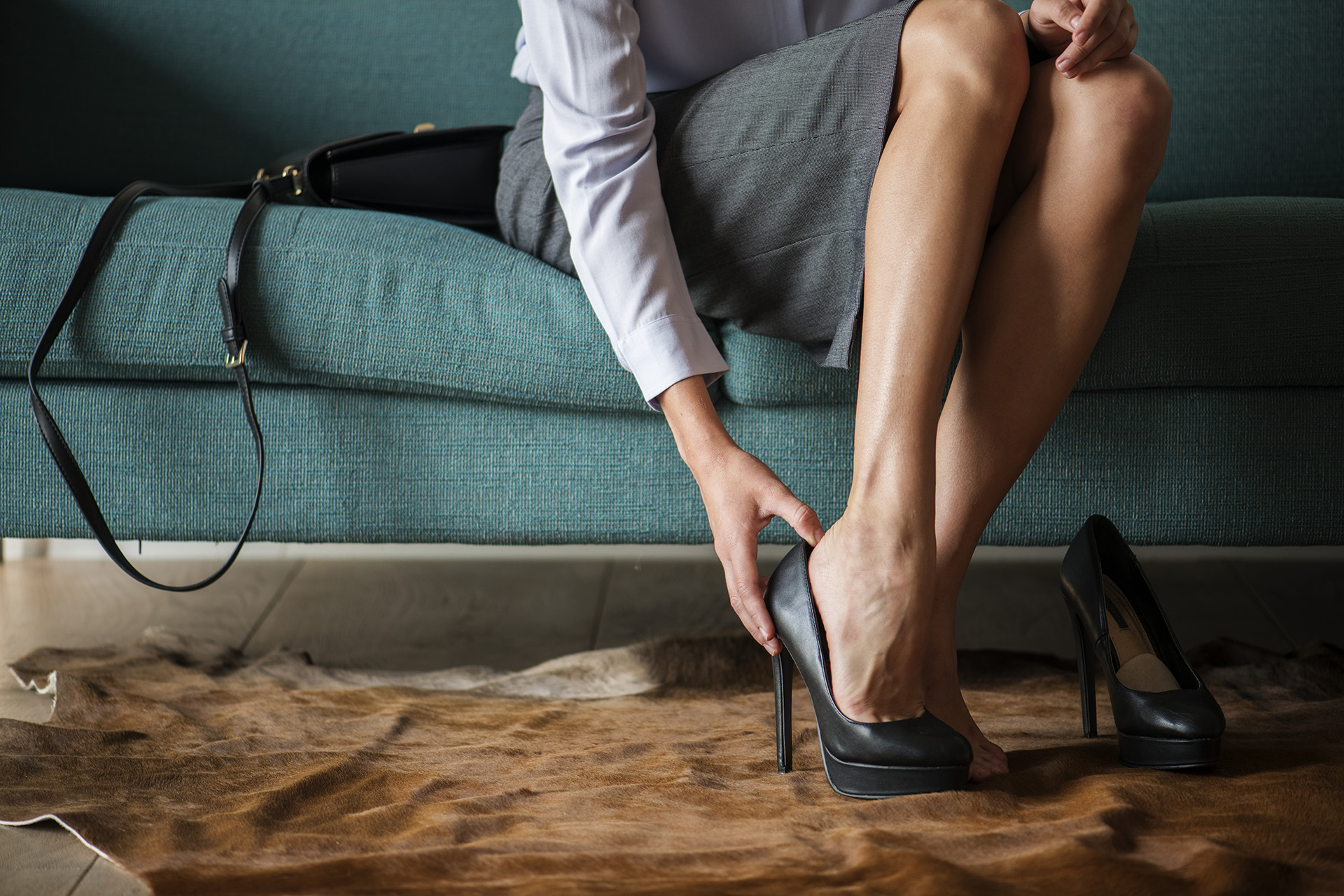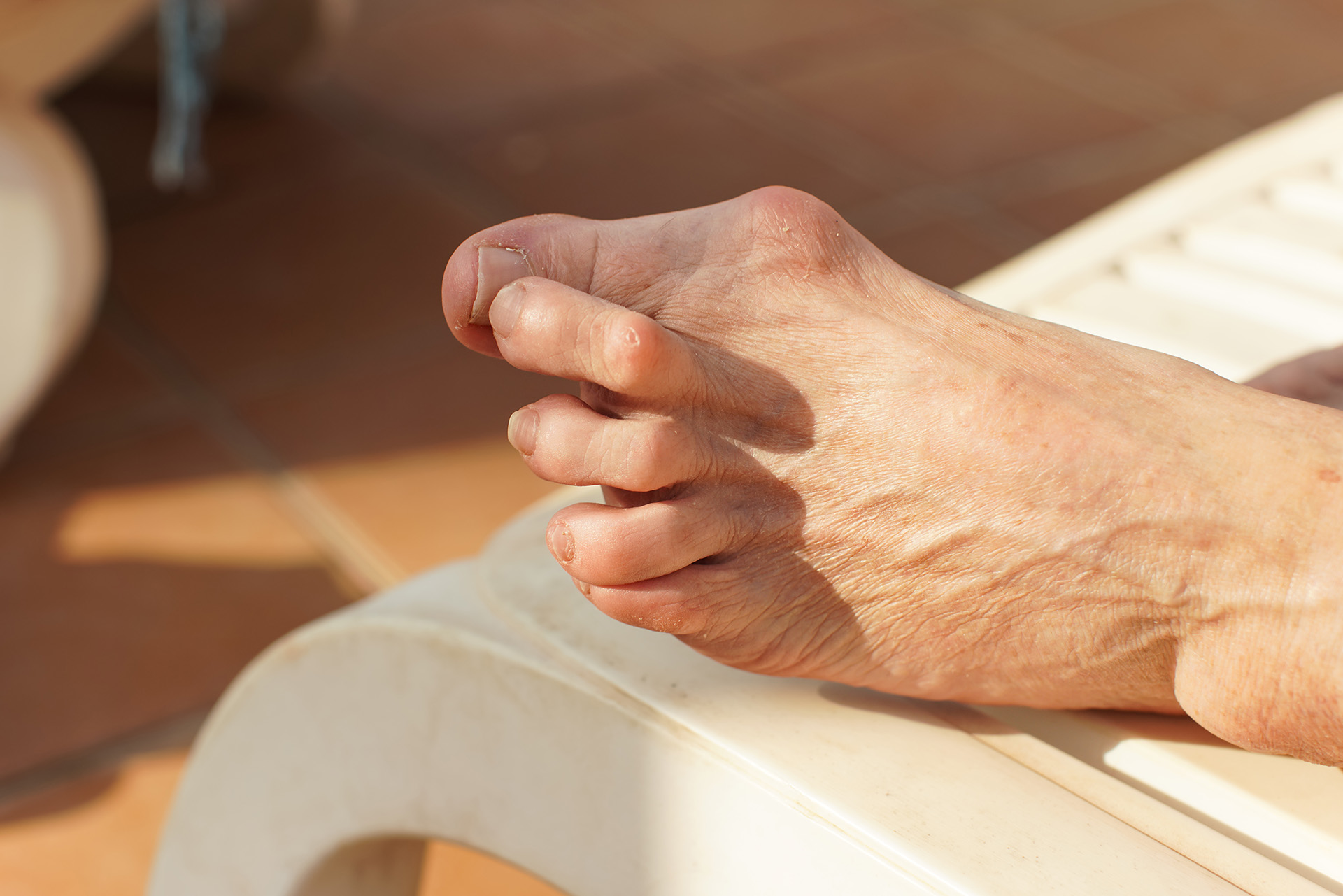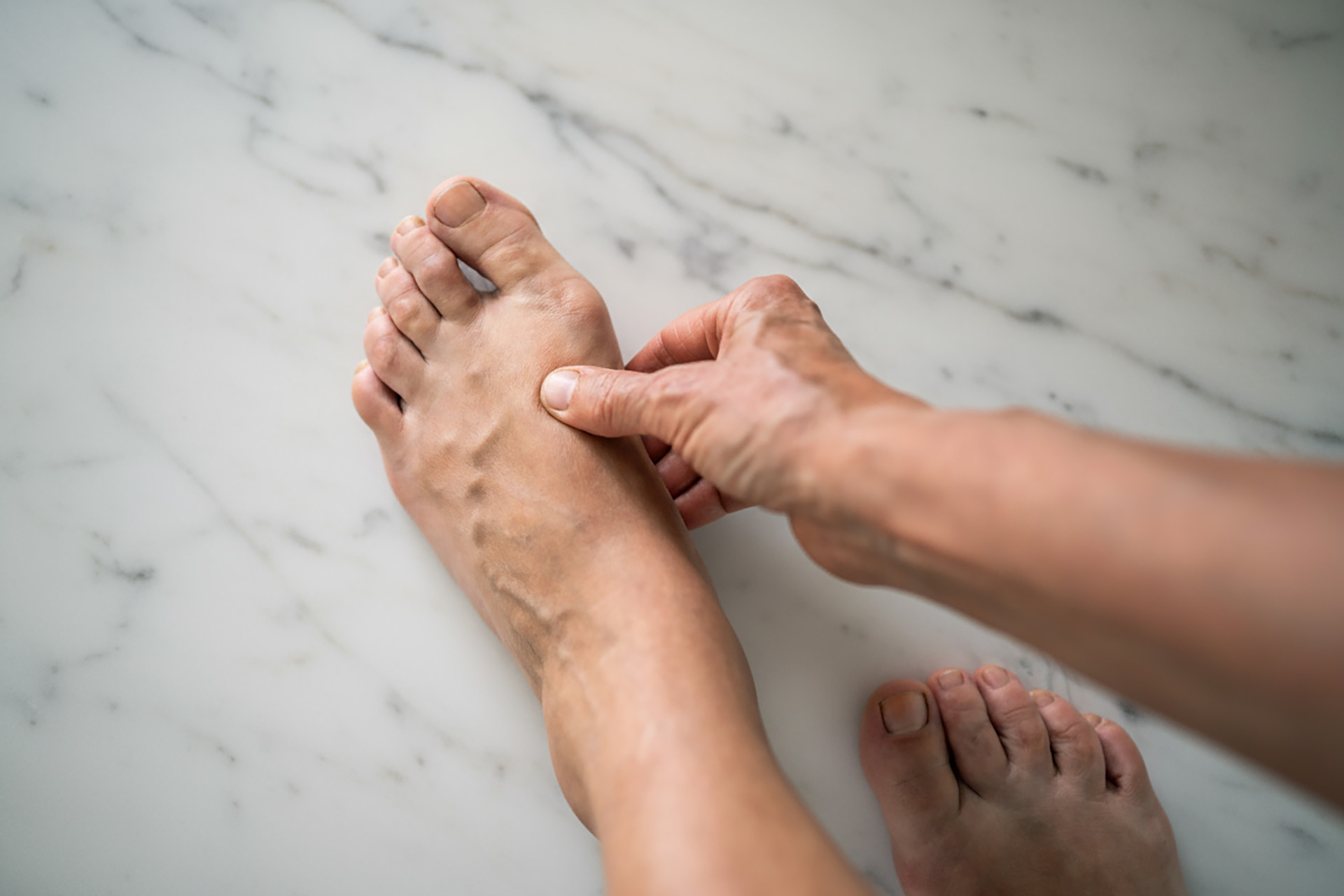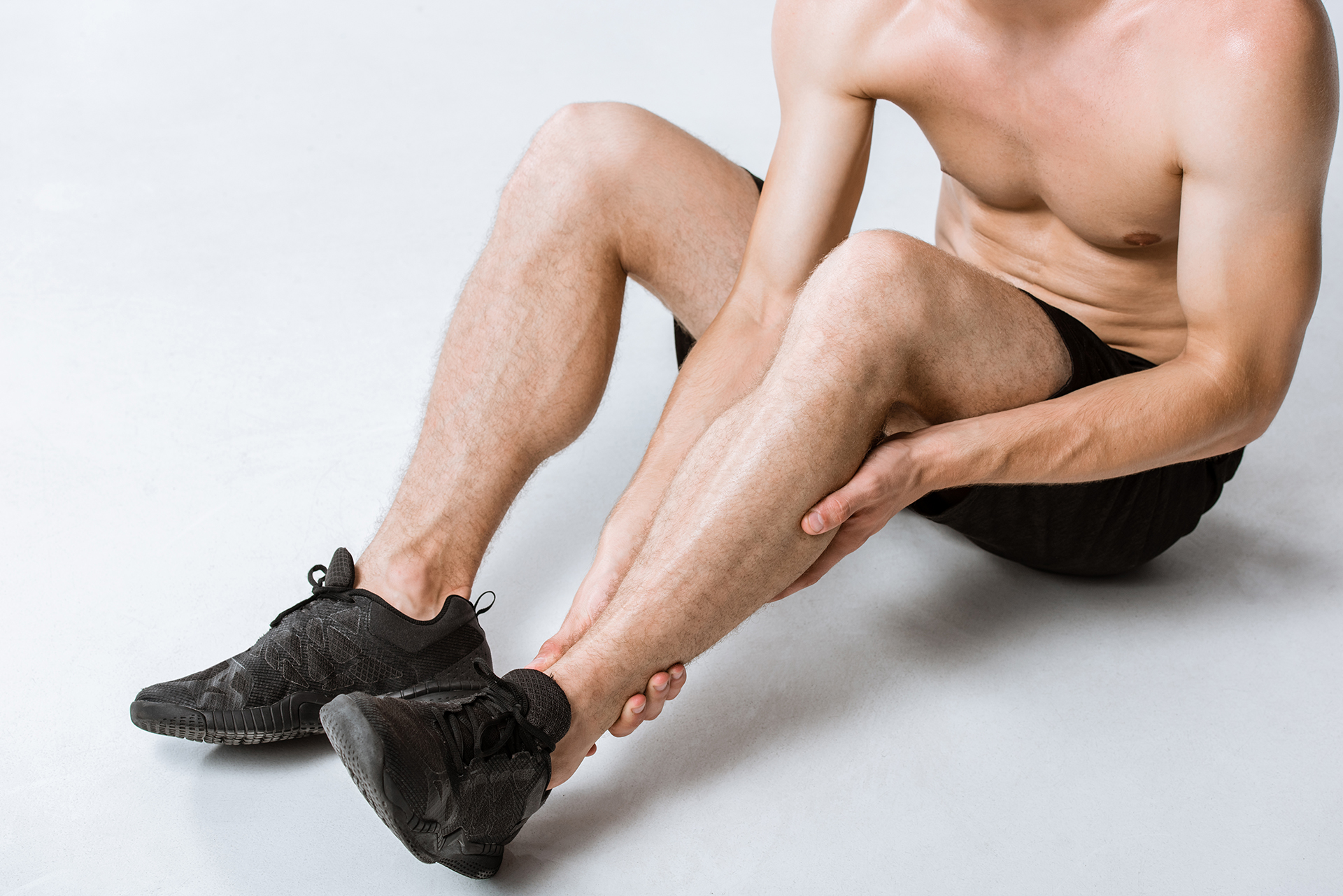A drop foot occurs when a person has difficulty lifting their foot off the ground. In a normal gait cycle, the ankle bends and the toes point towards the shin; however, in people with a foot drop problem, this natural movement to propel forward is impeded. The affected foot may slap or drag on the floor during walking. People with foot drop gait issues often make conscious attempts to lift their feet higher in the movement cycle to avoid tripping and falling as a result of their foot dragging and hitting the ground.
This difficulty specifically involves lifting the front of your foot, making it more likely to catch on the floor and disrupt normal walking.
What Is Foot Drop: Symptoms and Causes of Foot Drop
Foot drop, sometimes referred to as drop foot, is a condition that makes it difficult to lift the front part of the foot. This can cause the front part of your foot to drag on the ground when you walk, leading to an abnormal gait, increasing the risk of tripping. Foot drop is not a disease itself, but rather a symptom of an underlying problem affecting the muscles, nerves or the anatomical structures that control foot movement. The peroneal nerve, which controls the muscles that lift the foot, is often involved in cases of foot drop. Depending on the underlying cause, foot drop can be temporary or permanent. Recognising the symptoms early and understanding the role of the peroneal nerve is essential for effective management and treatment of foot drop.
The causes of foot drop are varied and complex. A range of medical conditions, injuries and nerve disorders cause foot drop. The most common cause of foot drop is injury or compression of the peroneal nerve (also known as the fibular nerve), which can lead to weakness or paralysis of the muscles that lift the front of the foot. Pressure on the nerve can result from certain activities or injuries, such as prolonged squatting, sitting cross-legged, or having a lower limb in a cast, all of which can increase the risk of developing foot drop. It can be temporary or permanent, depending on the underlying cause.
Foot drop is an indication of an underlying condition that affects one or both feet. It can occur at any age and can be either temporary or permanent, depending on the underlying cause of the problem.
The telltale sign of the condition is when your toes drag against the floor, and walking seems more difficult than usual and your toes ‘slap’ down on the ground with each step. The inability to lift your toes usually begins in other segments of the gait cycle, as you lift your knees higher to lift your feet off the ground. Circumduction can also occur, which is when you rotate your leg outward in a semicircle motion during a foot drop gait pattern.
Numbness can also occur when neurological damage is involved. This can often be felt on the top of the foot or in the lower leg area. People experiencing numbness are at an increased risk for injury as they may not be aware of abrasions and ulcerations that result from the continual impact of their feet against their shoes when walking or in motion.
Foot drop pain can be caused by certain muscular conditions due to damaged nerves that control movement in the lower leg and foot, including:
- Peroneal nerve compression
- Sports injuries
- Tumours/cysts
- Herniated discs
- Extreme weight fluctuation
- Childbirth
- Autoimmune diseases
- Hip/knee replacement surgery
- Prolonged squatting or sitting cross-legged
- Having a lower limb in a cast
- Long-term health conditions, such as diabetic neuropathy
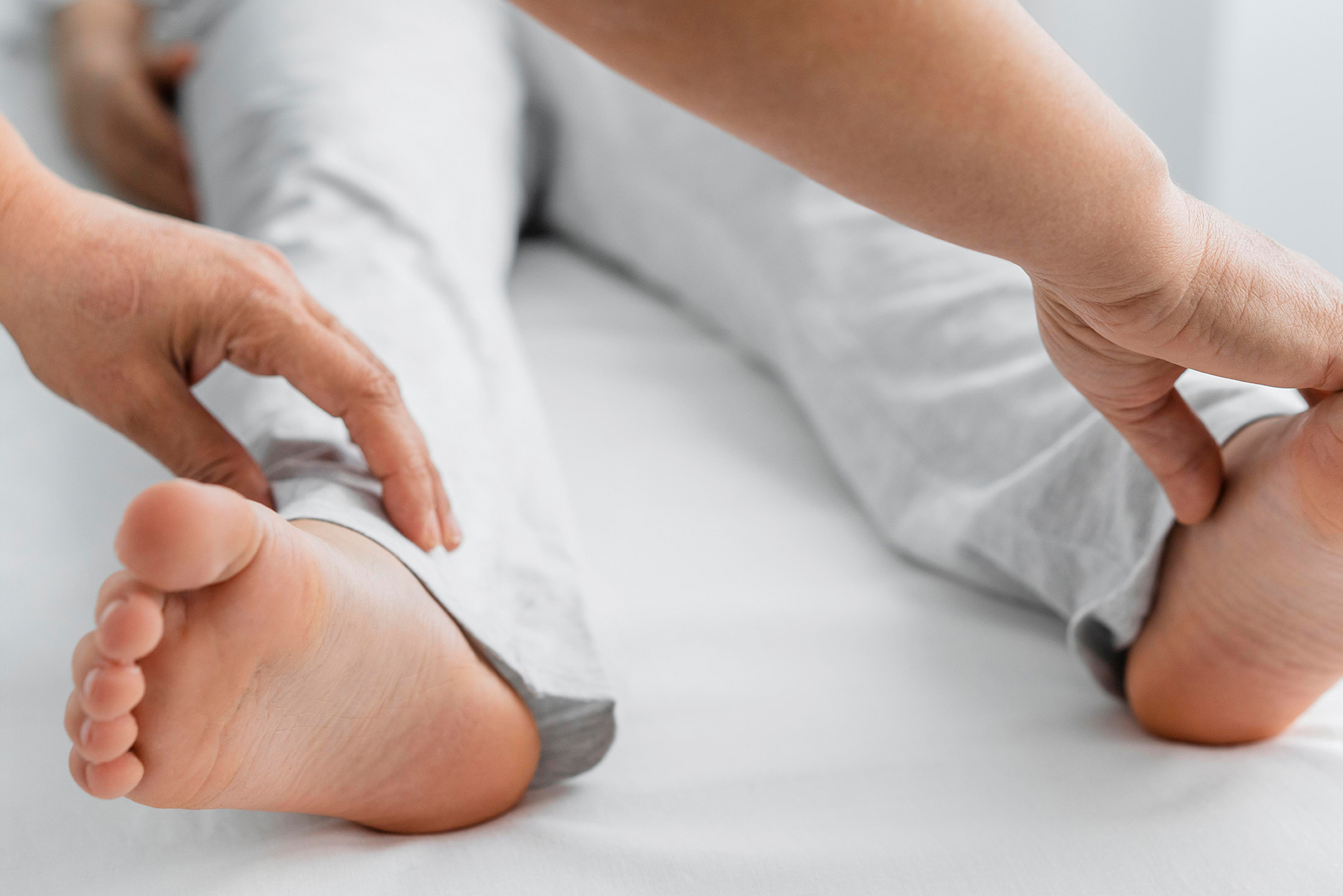
Foot Drop and Related Conditions
Foot drop is a serious condition that can be caused by various muscular, genetic disorders and neurological disorders, affecting mobility and causing difficulty with walking. Muscular disorders affect the muscles’ ability to function properly, with foot drop symptoms manifesting as muscle weakness and difficulty with mobility, which can lead to foot drop. There are a variety of different muscular disorders, ranging from genetic conditions at birth to those acquired later in life. Acquired muscular disorders can be caused by a variety of factors, such as infections, trauma and the use of certain medicines. Foot drop is caused by weakness or paralysis of the muscles responsible for lifting the front of the foot, often due to nerve injury or paralysis of the muscles.
Mutations in genes that encode proteins required for proper muscle function can also cause muscular dystrophy, which can inhibit muscle movement in the lower leg and foot. Charcot-Marie-Tooth Disease (CMT), for example, is a genetic disorder that affects the nerves in the legs and feet, causing muscle weakness and atrophy. This condition is associated with foot drop resulting from nerve damage, which can lead to gait abnormalities.
Neurological-related foot drop occurs when signals from the brain to the lower limbs are disrupted or inhibited. Often, neurological and muscular disorders are closely linked, as neurological conditions can affect muscle tone and lead to muscle weakness. Neurological disorders affect the brain, spine, or surrounding nerves that connect the central nervous system to the entire body. Conditions can arise at birth or develop due to stroke, infections, or injuries. Neurological foot drop causes may include:
- Parkinson’s disease, a neurological condition that causes sufferers to experience increasing rigidity, shaking and difficulty with movement as it progresses.
- Post-polio syndrome may cause symptoms like muscle atrophy, drop foot, callus formation, muscle weakness, neuropathy, and pain from joint deterioration.
- Multiple sclerosis, an autoimmune disorder, can cause muscle weakness and atrophy, making it difficult to clear the foot off the ground.
- Lou Gehrig’s disease, or ALS, a progressive neurodegenerative disorder, causes weakness in the muscles. Early signs of foot drop may indicate early-stage lower limb onset in ALS patients.
- Cerebral Palsy causes damage to the brain, which affects mobility and muscle tone. Foot disorders, such as drop foot, are common in children with this disorder. Neurological diseases associated with foot drop can lead to further complications if left untreated.
It is essential to seek a podiatric assessment if you are experiencing symptoms of foot drop, as early diagnosis and treatment can help improve the quality of life for those affected.
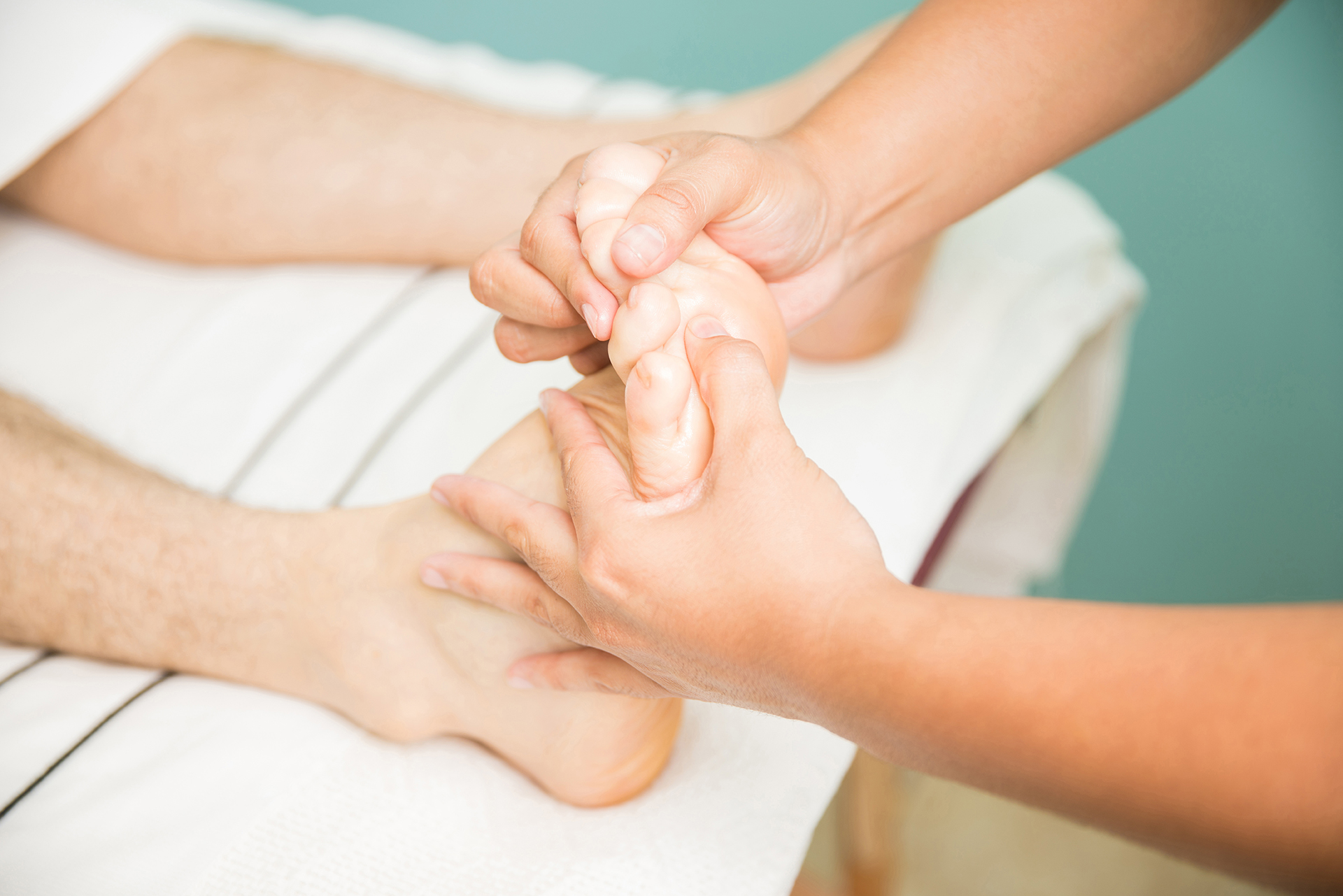
Diagnosing Foot Drop
Diagnosing foot drop involves a physical examination of the foot and lower leg. This will include range-of-motion foot drop tests, as well as an examination of the strength of muscles and joints in the lower leg, foot and ankle. During the diagnosis of foot drop, the doctor will assess sensation and movement in your foot and toes, often checking for muscle weakness and numbness on the top of the foot and toes. A podiatric assessment is typically accompanied by brief questions regarding medical history, which can help identify underlying conditions that may pinpoint the source of the foot drop.
Imaging tests such as X-rays, CT scans, and MRIs may be utilised to help locate and understand the source of the condition while also examining the structure and function of the muscles, nerves, and bones in the lower leg. Based on the physical examination and any additional testing, our team will develop a comprehensive treatment plan to address and correct the underlying condition, where applicable.
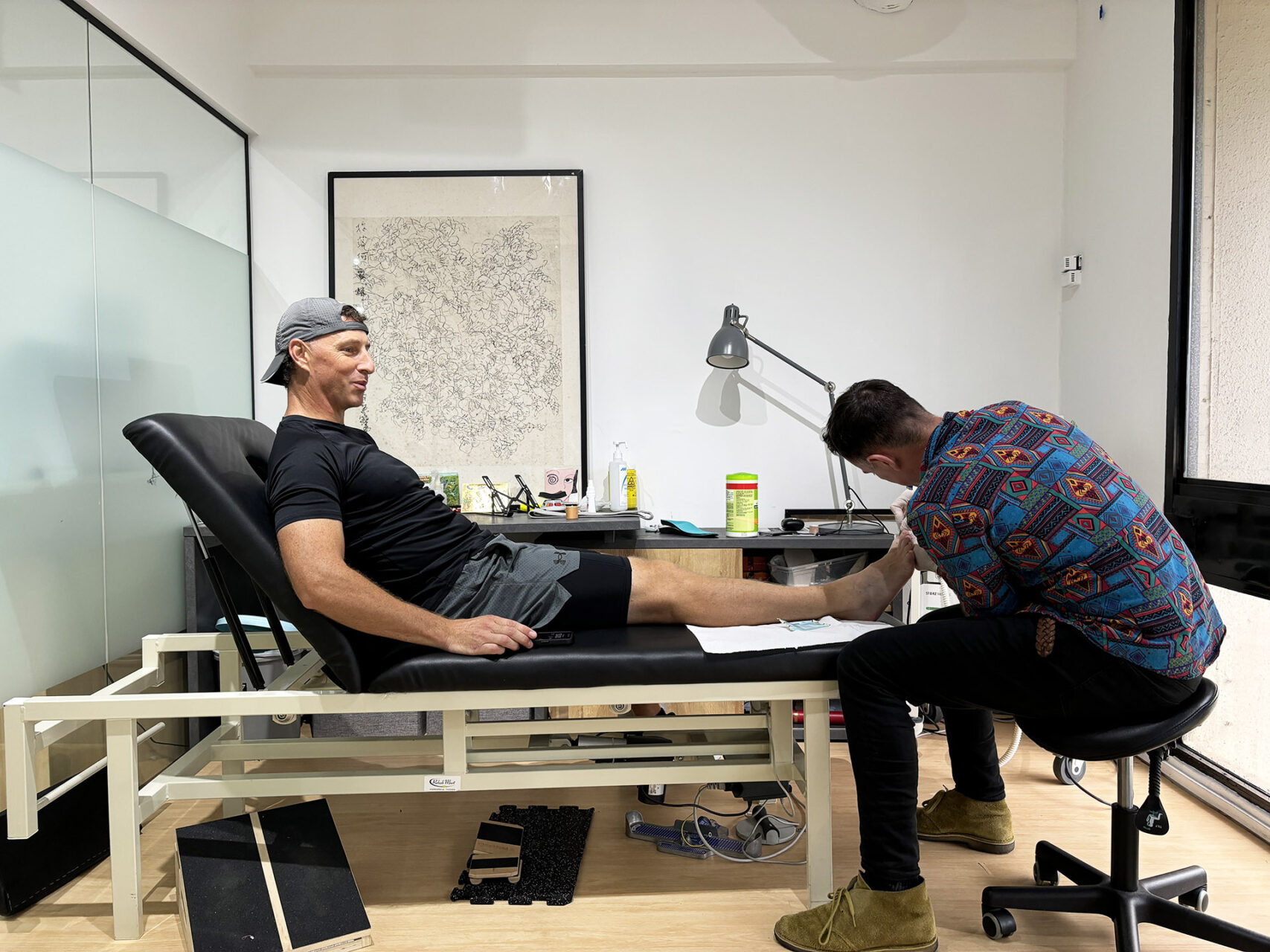
Management of Foot Drop
Treatment for foot drop can include a combination of therapies and interventions at The Foot Practice. The specific drop foot recovery and treatment plan depends on the severity as well as the underlying source of your dysfunction..
Shockwave Therapy can be an effective treatment for foot drop by loosening contracted tendons, allowing for better movement of the feet and ankles if you have weak dorsiflexors that affect the muscles that control turning your foot in and out, and help patients to wear shoes more comfortably by making them easier to put on and off.
Dry Needling targets weak and shortened muscles by activating the trigger points. A type of ‘acupuncture’ for foot drop, this minimally invasive therapy works to release tension in the tibialis anterior tendon, which crosses the ankle joint and bones in the foot.
Physical therapy and foot mobilisation exercises can help strengthen the muscles in the foot and ankle, which can improve muscle function and control.
Footwear adjustments can support foot drop by providing stability to the foot and ankle, allowing it to clear the swing motion without hitting the ground, thanks to a higher, elevated, or built-up sole. Our podiatrists can help you discover the best shoes for foot drop to address maladaptations.
Ankle-foot orthoses (AFOs), dynamic foot drop splits, rigid orthopaedic foot drop braces, or splints are external devices that support biomechanics and stabilise lower limbs and joints to improve proper gait function. These devices help support your ankle and foot to prevent dragging during walking.
A surgical referral for evaluation may be necessary in extreme cases when conservative options have been exhausted. If you believe you have foot drop or experience symptoms of foot drop, schedule a consultation with one of our foot drop specialists at The Foot Practice today so that we can quickly diagnose and properly treat your foot and ankle injury.
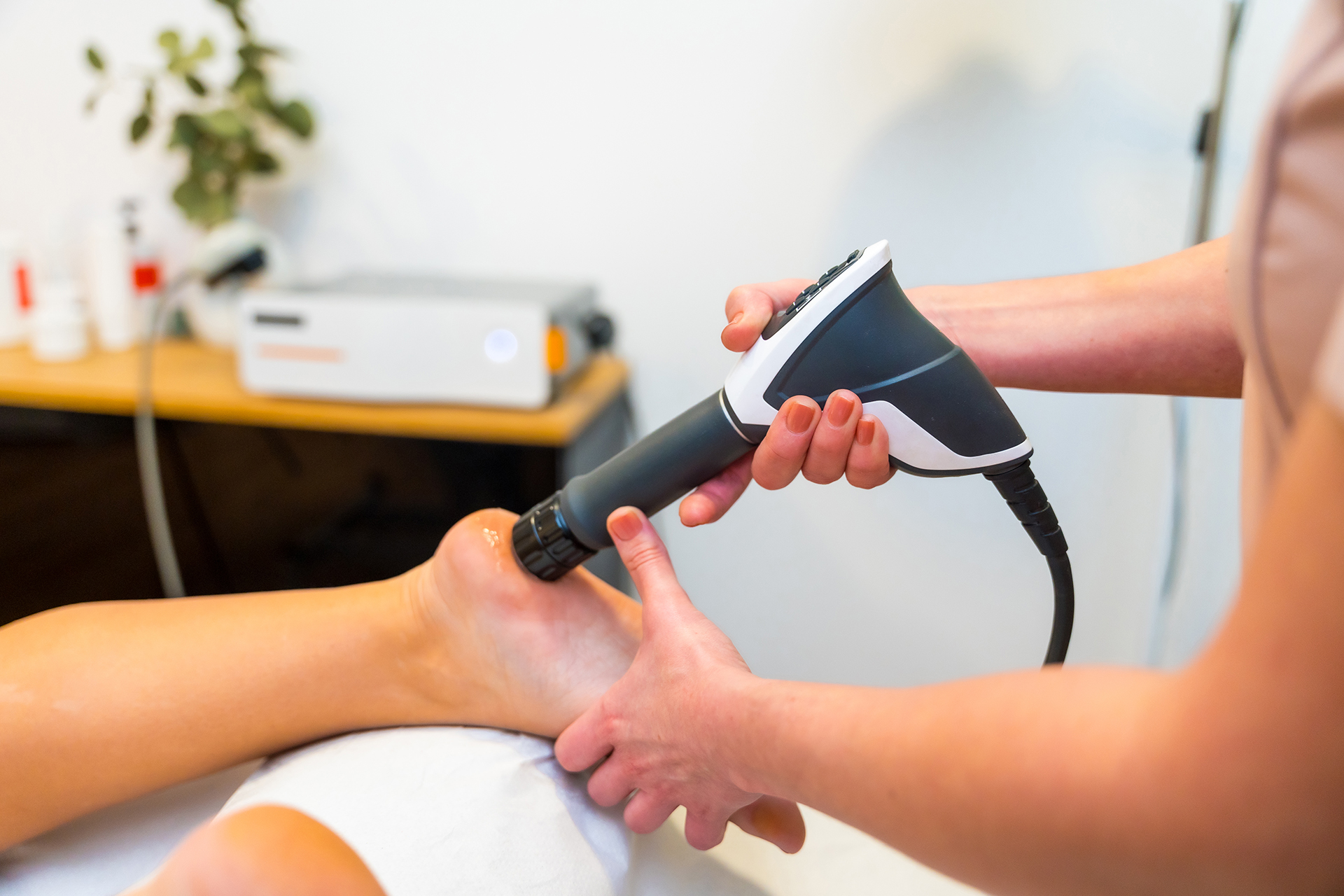
Lifestyle and Home Remedies
If you have foot drop, making adjustments in your daily life can help you manage the condition and reduce the risk of tripping and falling. Simple changes, such as removing loose rugs, electrical cords and clutter from walkways, can significantly enhance the safety of your home.
Installing handrails on stairs and using assistive devices, such as a walker or cane, can provide extra stability.
Choosing shoes that fit well and offer good support is vital for protecting your feet and improving your mobility.
Regularly exercising your feet and ankles can help maintain the strength and flexibility of these areas. Taking breaks to rest and elevate your foot can also reduce discomfort if you have to stand or walk for long periods. These lifestyle and home remedies can make a significant difference in your daily comfort and safety if you have foot drop.

Prevention and Maintenance
Preventing foot drop starts with proactive care. Stay active with regular low-impact exercises, such as walking or swimming. Maintaining a healthy weight can help reduce nerve pressure. Additionally, avoid habits such as prolonged leg-crossing or kneeling, which can compress the peroneal nerve. If your work keeps you on your feet, schedule regular breaks to rest and elevate your legs to prevent fatigue.
These simple steps can go a long way toward protecting your foot and ankle health, but prevention isn’t always enough. If you’re already experiencing symptoms or want to uncover the root cause of foot drop, don’t wait. Book a comprehensive consultation and gait analysis with our foot drop specialist at The Foot Practice today and take the first step toward restoring balance and movement.

